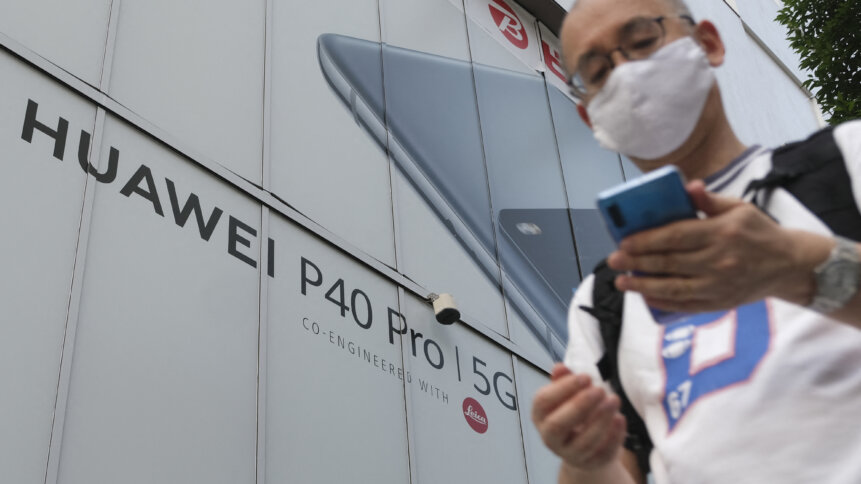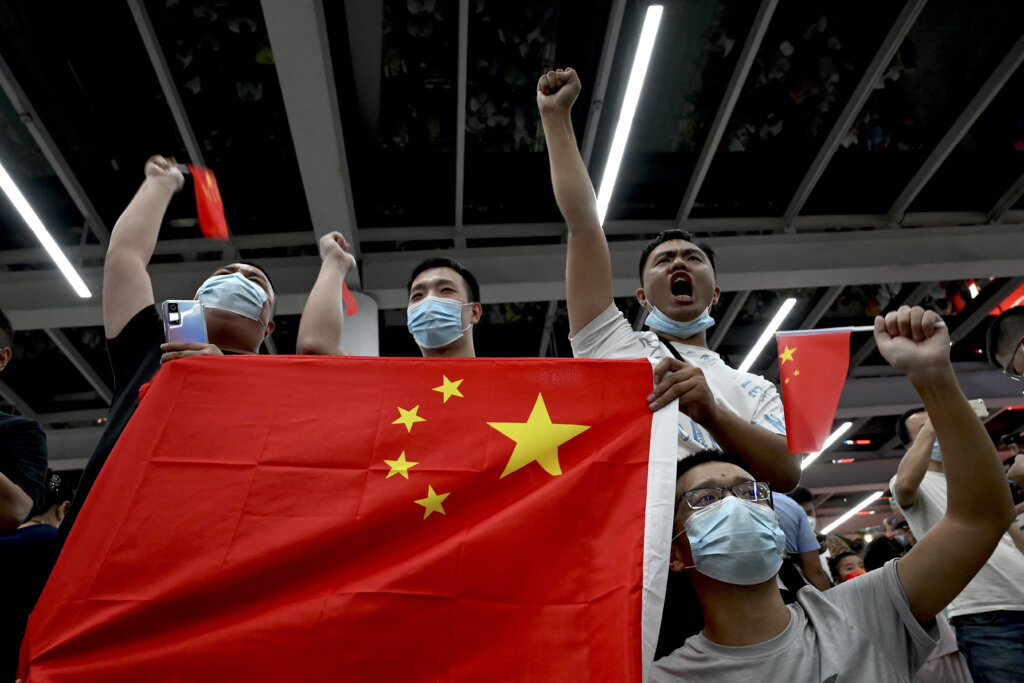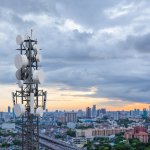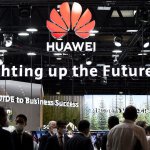US is actually paying telecom providers to remove Huawei 5G infrastructure

Huawei still seems to be under a cloud of suspicion in the US as the Federal Communications Commission (FCC) said it would be reimbursing rural US telecom carriers that are using networking equipment made by the Chinese company.
The US has been accusing telecommunications giant Huawei of using their networks and infrastructure to spy on Americans for years. In 2020, the FCC designated Huawei and ZTE as national security threats to communication networks.
In June last year, the FCC voted to pan approvals for equipment in US telecommunication networks from Chinese companies they deem to pose national security threats. In March this year, the FCC further designated five Chinese firms as threats to national security under a 2019 law aimed to protect US communication networks.
And now according to Reuters, the FCC is opening up a US$1.9 billion reimbursement program for rural telecom companies. The aid would have rural carriers remove and replace the equipment, which can be costly.

(Photo by Noel Celis / AFP)
US firms have already been barred from tapping a US$8.3 billion government fund to purchase equipment from Huawei and Chinese compatriot ZTE. The FCC’s final order expanded the list of companies eligible for reimbursement, from those with 2 million or fewer customers to those with 10 million or less. The entire removal and replacement costs are estimated to be around US$1.837 billion.
Apart from the US, other countries that have accused Huawei and other Chinese tech suppliers as security threats include Australia, Japan, the Czech Republic, Sweden, and the UK. In October 2020, the British parliament’s defense committee said it had found clear evidence that Huawei had colluded with China and said Britain may need to remove all Huawei equipment earlier than planned.
UK telecom operators are now extracting Huawei from their 4G and 5G networks. Huawei’s share of any 5G or full fiber network would be capped at 35% by 2023, with the aim of removing the Chinese company’s 5G presence in the network entirely by 2027.
It’s a different scenario in Europe though, as Huawei’s 5G tech is still being used in some countries. For example, in Switzerland, Swiss telco company Sunrise UPC deployed Huawei’s next-generation blade site solution BladeAAU Pro in its network, unlocking new possibilities for its 5G business development across a plethora of innovative scenarios. Huawei also employs more lobbyists in the EU than any other global tech company to cope with increasing barriers and to continue doing business on the continent.
YOU MIGHT LIKE

Is OpenRAN the 5G alternative to Huawei?
Despite the move made by the FCC, Huawei continues to see its technology widely accepted and used in other countries around the world. In fact, Huawei is already pushing ahead with developing 6G wireless technology. China has prioritized 6G as one of its key research areas for a while now, while the US and Japan are pouring money into 6G development, including its use in satellite technologies — one of America’s strong suits.
Only time will tell if the US was making the right decisions in banning and removing Chinese technologies. For now, Huawei seems to be in a league of its own in building networking equipment of a certain scale and standard, but dogged spyware allegations have crippled its once-thriving 5G infrastructure business.









